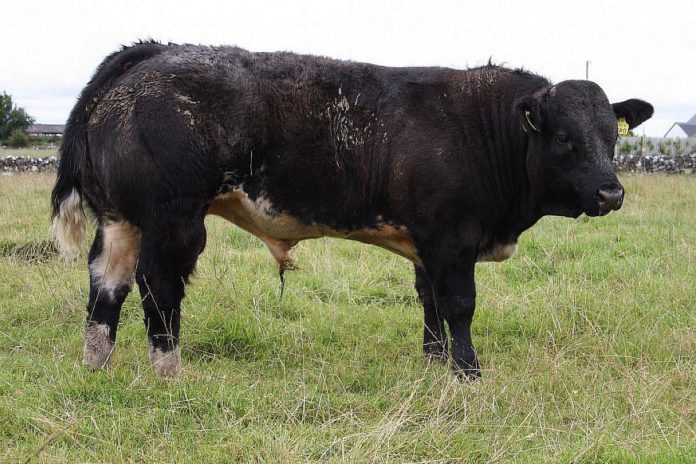Meal feeding pre-weaning and post-weaning is the second mandatory action in the DAFM’s recently launched NBWS – National Beef Welfare Scheme.
As part of this action, participants must introduce meal feeding 4 weeks pre-weaning and 2 weeks post-weaning to “reduce stress on calves at weaning time”.
The DAFM will present participants with the number of eligible calves born on their holding between July 1st, 2023, and June 30th, 2023, at the application stage.
However, participants have the option at the application stage, to select the number of calves that will be meal fed in accordance with the scheme’s terms and conditions, which the DAFM made available on Thursday morning (August 3rd, 2023).
The number cannot be greater than the number presented, but it can be less, the DAFM has confirmed.
Meal-feeding
The scheme’s terms and conditions state that farmers must supplement calves with compound feeding stuffs, containing appropriate minerals and vitamins.
The DAFM outlined that the recommended daily feeding allowance for meal feeding is 1 kg per animal per day.
All feeding stuffs, including mineral feeds, must be sourced from registered or approved feed business operators, a list of which can be found on the DAFM’s website.
Participants may feed purchased compound feeds containing minerals and vitamins or straights (feed materials). Where the latter option is chosen, farmers should consult their advisor or nutritionist to ensure that the correct level of nutrition is being achieved.
Straights must be supplemented with a suitable complementary mineral feeding stuff.
Farmers are required to retain sales documents for any cow/calves sold, which along with the feed delivery dockets and date of weaning, will verify the calf was fed four weeks pre-weaning and two weeks post-weaning.
Records
Participants must record the date of weaning of each animal that they are submitting for payment under the action.
The DAFM will require participants to complete a record showing the date of commencement of meal feeding.
Farmers must also retain meal purchase receipts or if applicable, provide evidence of the use of their own farm-produced cereals and make them available to the DAFM, shall they be subject to inspection.
The DAFM may also request a copy of the records sheets from an applicant as part of administrative checks to verify compliance with these measures.
Shall a farmer fail to produce or forward these records when requested, this is classified as a breach of scheme obligations and will result in penalties.
Payment rates
The DAFM will issue a payment rate of €35/calf to a maximum of 40 calves, which equates to a maximum payment ceiling of €1,400 for this measure.
The DAFM has outlined that a calf paid under the National Beef Welfare Scheme for the meal feeding action cannot receive payment again under the National Dairy-Beef Welfare Scheme.
If no meal feeding is undertaken and/or receipts are not provided when requested, within the timeframe stated at the time of the request, a farmer will not receive any payment for action 2 – meal feeding.
In addition, the DAFM will issue a 10% penalty of a farmer’s overall payment that they would have received had they complied with both actions – action 1 being IBR testing, as outlined in this news article on www.thatsfarming.com.
See more farming news on www.thatsfarming.com





